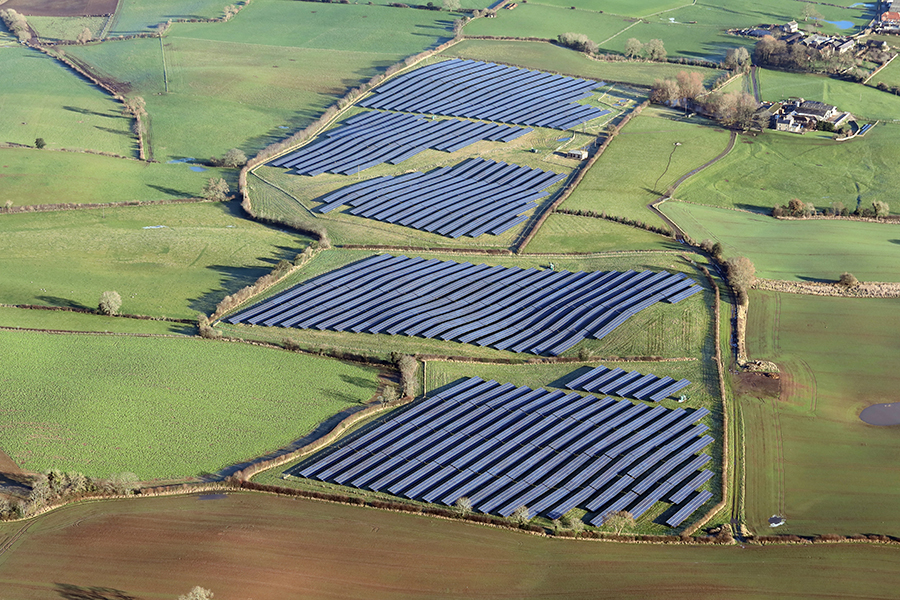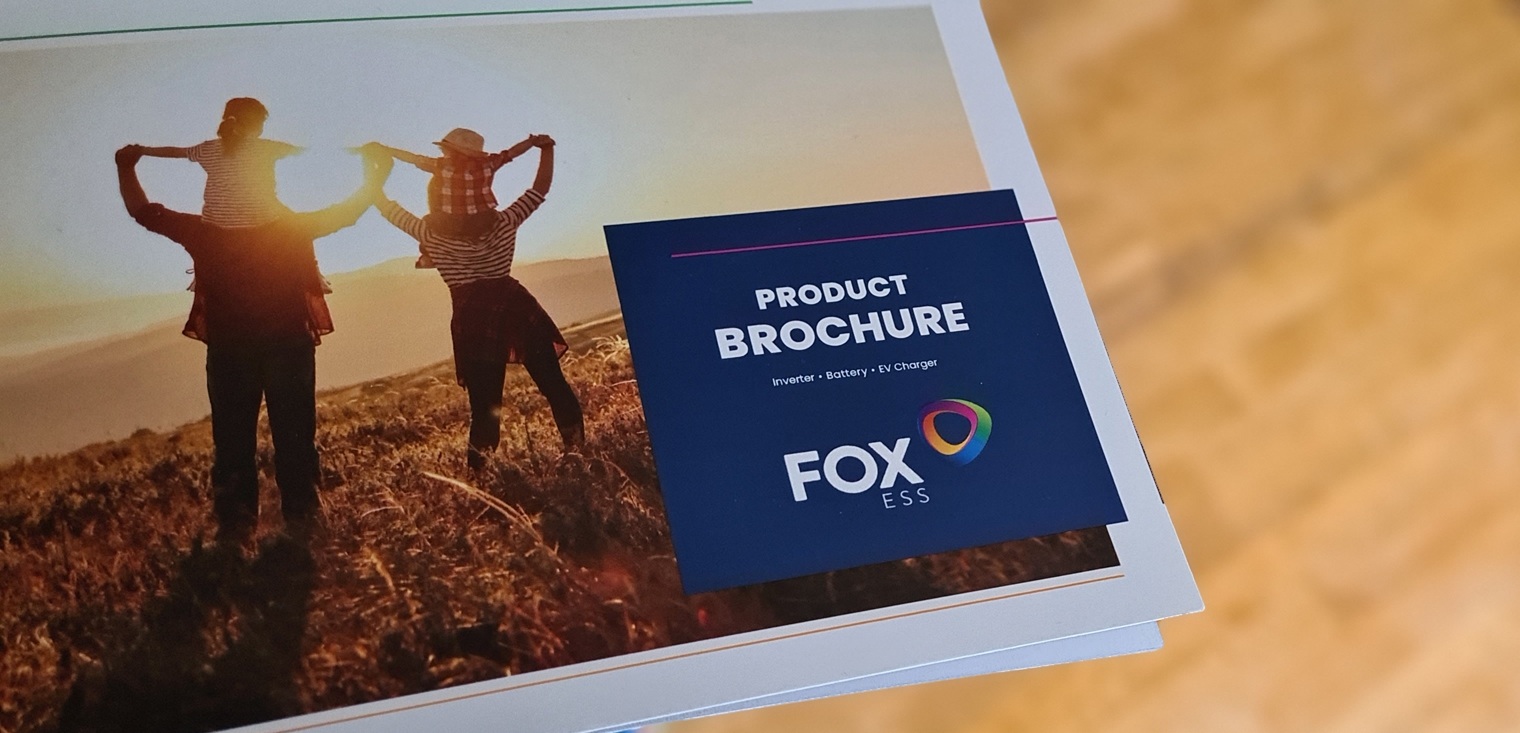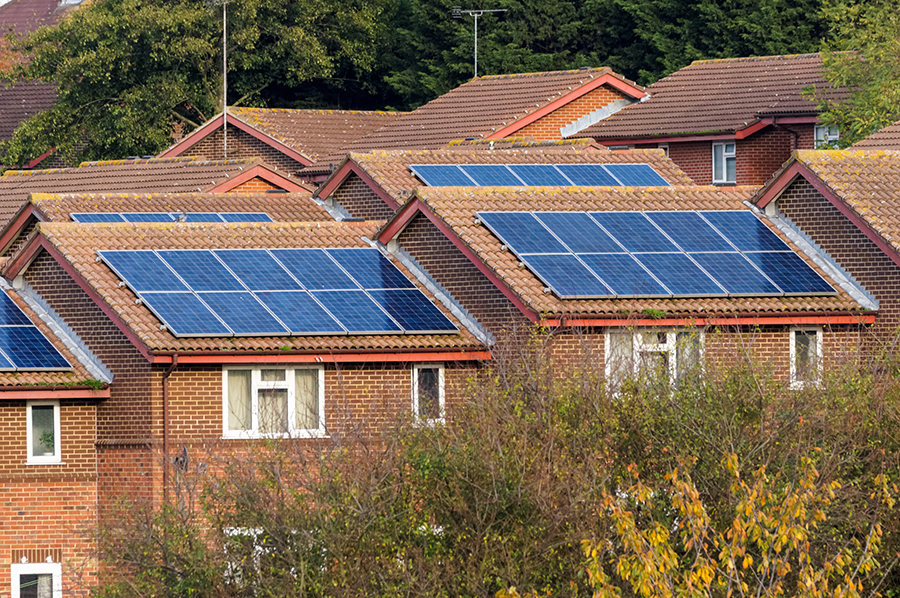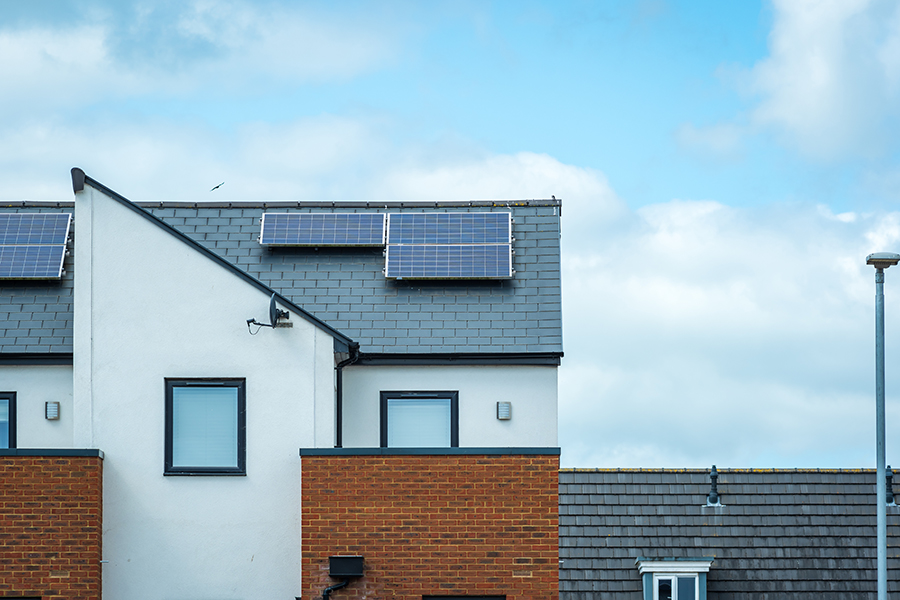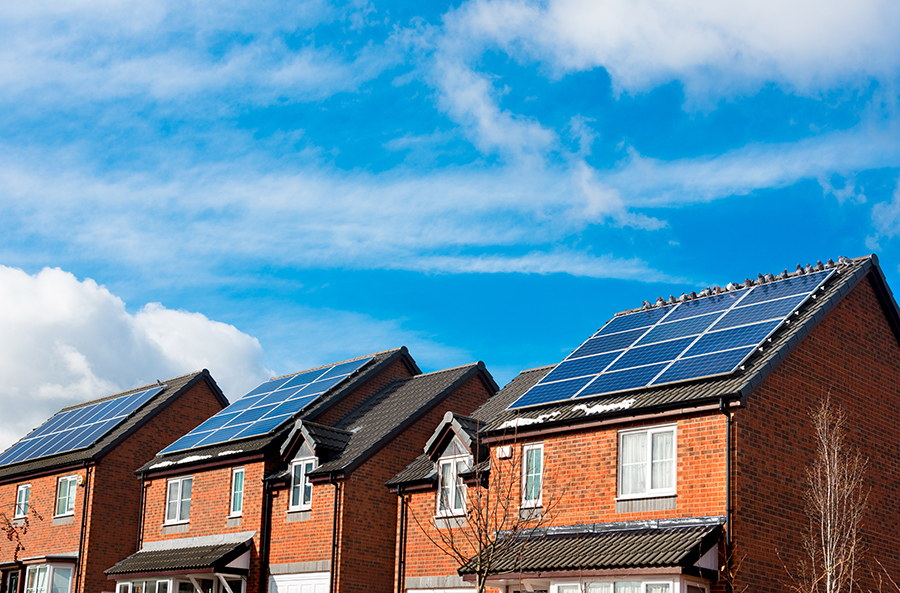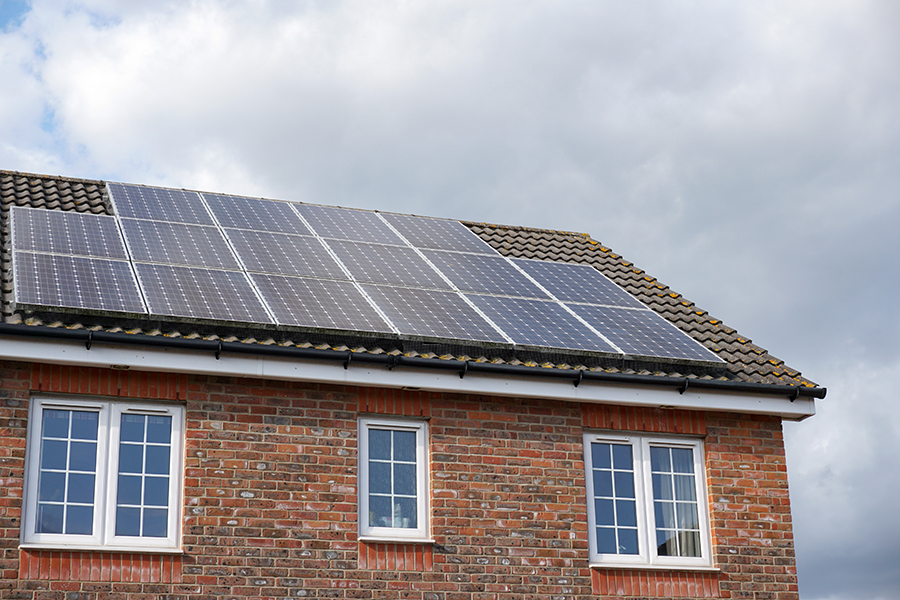Shopping for solar panels feels a lot like standing in a car dealership.
There are the sleek, premium options.
The reliable workhorses.
And yes, those too-good-to-be-true deals that make mechanics cringe.
Just as you wouldn’t buy a car without checking under the hood.
You shouldn’t choose solar panels without doing your homework.
When shopping for a good solar panel, we’re really looking for efficiency, quality, durability, and cost.
Let’s talk efficiency first – think of it as your solar panel’s “miles per gallon.”
Just as a gas-guzzler burns through your money at the pump, an inefficient solar panel wastes precious sunlight.
To measure this, we need to look at the efficiency rating of the solar panel.
This tells us what percentage of sunlight the panel converts.
And, as we sadly know, sunshine isn’t in abundance here in the UK.
Generally, you want to be looking for a panel with an efficiency of at least 20% or above.
But let’s not go crazy!
Higher efficiency usually comes with a higher price tag.
Having more panels with lower efficiency might be more economical if you have the roof space.
Remember, we want to maximize our investment return – not get distracted by the idea of producing maximum electricity with limited financial gain!
So, now you know how to measure efficiency, but how do you measure solar panel quality?
To make the comparison easier for customers, all solar panels undergo factory testing under Standard Test Conditions (STC).
That way you know you’re comparing apples to apples.
Let’s look at some key performance parameters for comparison
- Power Degradation Data: All solar panels degrade over time. Power degradation data tells you the rate at which you can expect this to occur.
- Temperature Coefficients: Solar panels lose efficiency when they heat up over a certain temperature. Temperature coefficient data will tell you how much power is lost when a panel increases in temperature.
- Durability Testing: All panels undergo factory stress testing. Data parameters to look for are mechanical load testing, hail testing, thermal cycling, and humidity and moisture resistance. This data helps us understand how the panel will hold up in the outside world and weather conditions.
Now, let’s talk about durability…
The Merriam-Webster dictionary defines durability as:
“Able to exist for a long time without significant deterioration in quality or value.”
Yes, this! This is what we want for our solar panels.
But how can we really know how durable a panel is without waiting 25 years to find out?
Well, there’s actually a clever shortcut – look at the guarantees….
A manufacturer wouldn’t risk offering long guarantees on panels they don’t trust. It’s like watching how someone bets rather than listening to what they say.
The better the guarantee, the higher confidence the manufacturer has in their product and the more confident and relaxed you can feel about your purchase.
There are two types of guarantees:
- Efficiency guarantee – covers the expected power output of the panels over a specified period of time. A typical guarantee might assure 85% of the nominal production after 25 years of use.
- Product warranty – covers the actual panels and related quipment in the case of damage or malfunction.
Product warranties typically last around 12 to 15 years.
But some manufacturers offer product guarantees of up to 30 years.
Generally, a longer efficiency guarantee and product warranty
indicates a higher quality panel.
But, remember to check the fine print (what voids the guarantee, who carries the burden of proof, is labour included, and so on…)
Cost…
Here’s where many people start, but just like with cars, the cheapest option often isn’t the wisest choice.
We’ve seen plenty of cheap panels that, like that suspiciously affordable used car, ended up being money pits.
Think about it – a panel that dies after five years is like a car that breaks down just after you’ve finished paying for it.
Not only have you wasted money, but you’re back to square one.
Plus, it’s terrible for the environment.
We have seen an influx of lower-cost, non-brand Chinese panels.
Panels that break after 5 years!
If your solar panel breaks after 5 years, you will never see a positive return on your investment.
No matter how low the initial price tag was.
Sometimes, sales reps boast that their panels are “Tier 1”.
Let’s look at what this really means…
Bloomberg New Energy Finance has developed a ranking system for solar
panel manufacturers.
The ranking indicates a manufacturer’s financial reliability – not
quality.
To be clear, the panel itself is not “Tier 1” – Bloomberg doesn’t rank a panel’s quality and durability.
However, a more financially stable manufacturer is a good thing as they will likely still be around if there are any problems in the future.
However, be aware that just because a panel is from a “Tier 1” manufacturer doesn’t automatically mean it is high-quality.
The Bottom Line
So what’s the takeaway here?
Just like finding the right car, choosing solar panels comes down to doing your homework:
- Match the system to your needs
- Prioritize quality and reliability
- Understand the guarantees
- Trust established manufacturers
- Don’t let price be your only guide
Remember, you’ll have these panels longer than your car. So, take your time, ask questions, and choose wisely.
Your future energy bills will thank you!

